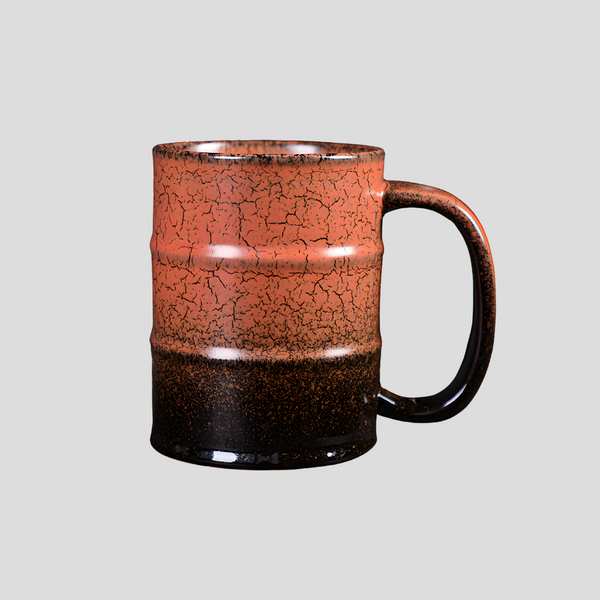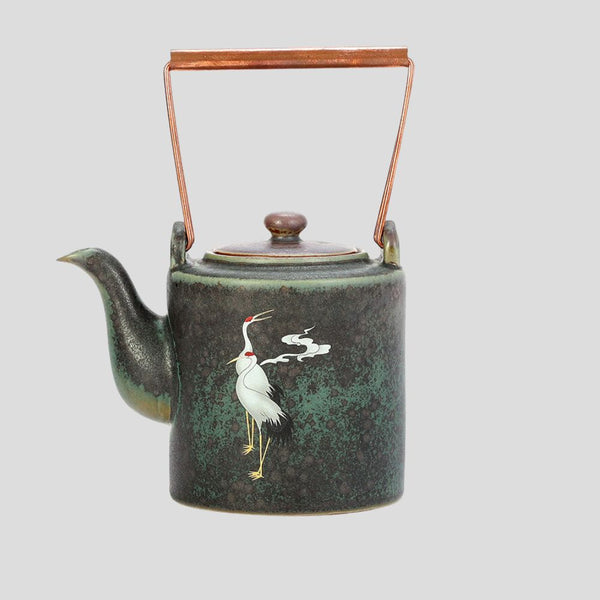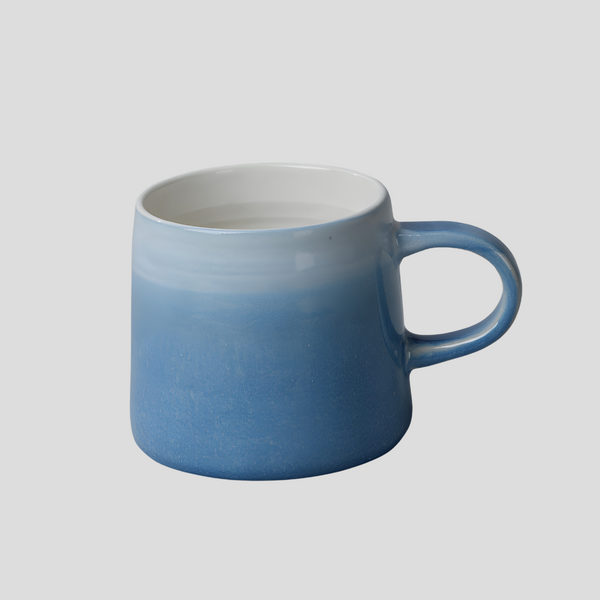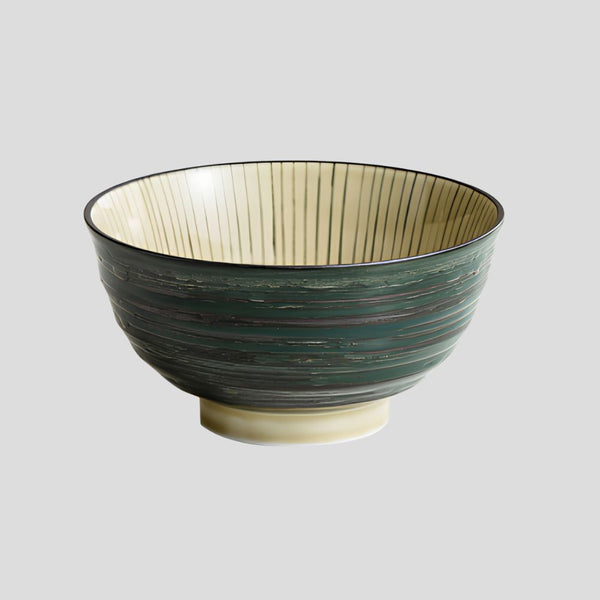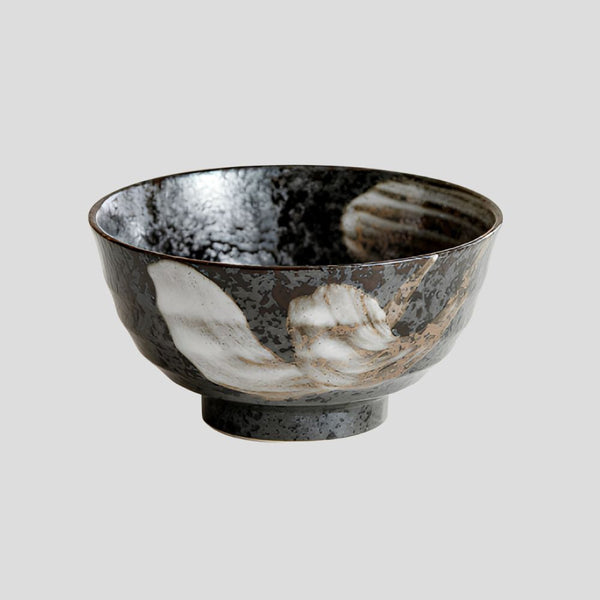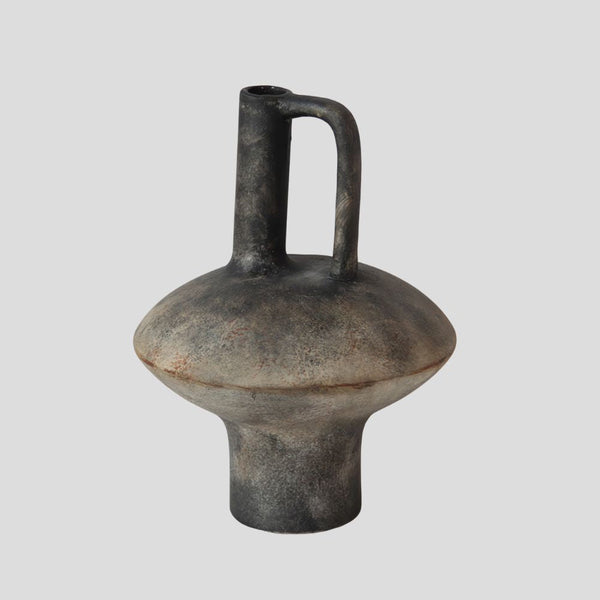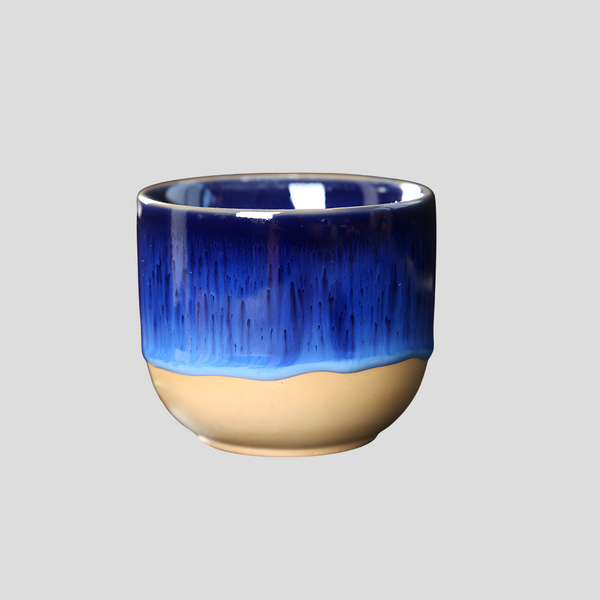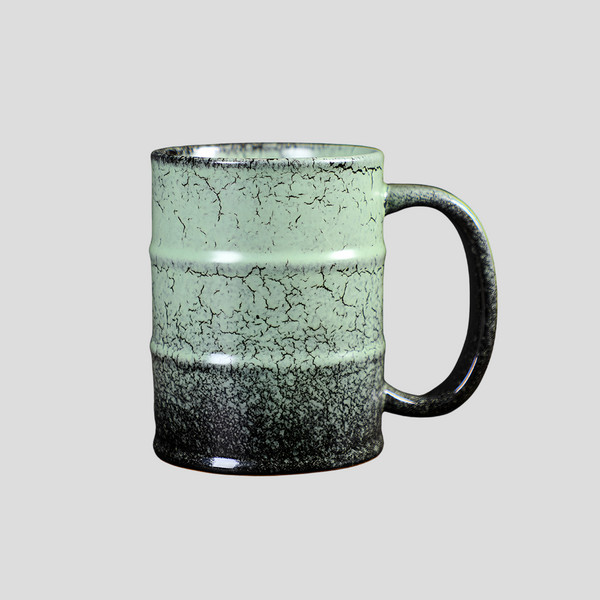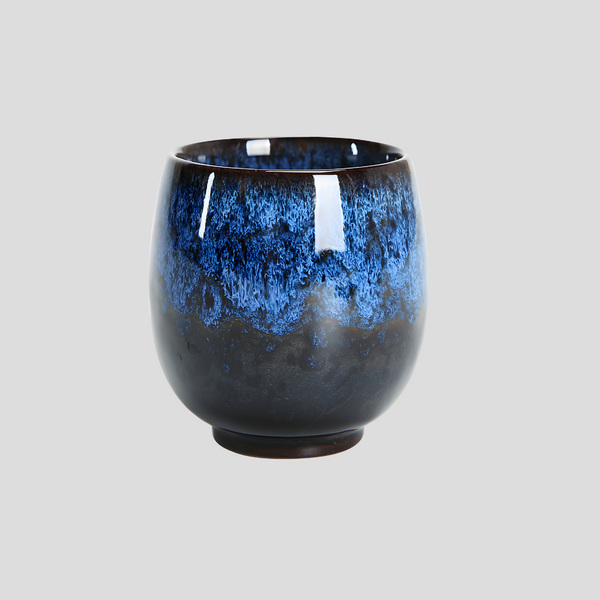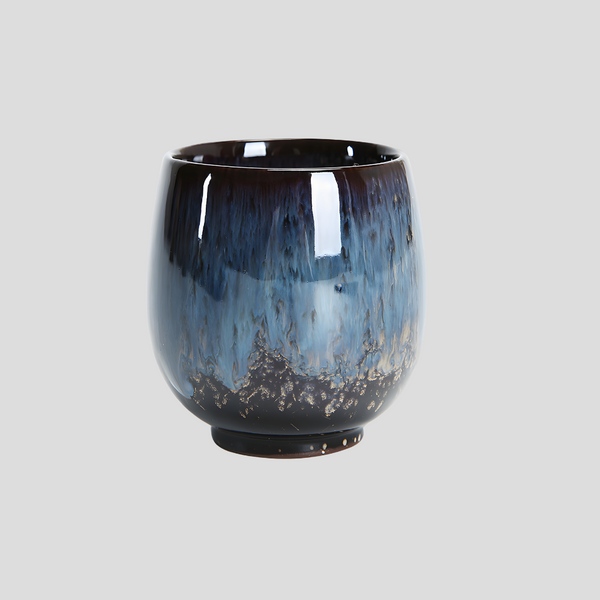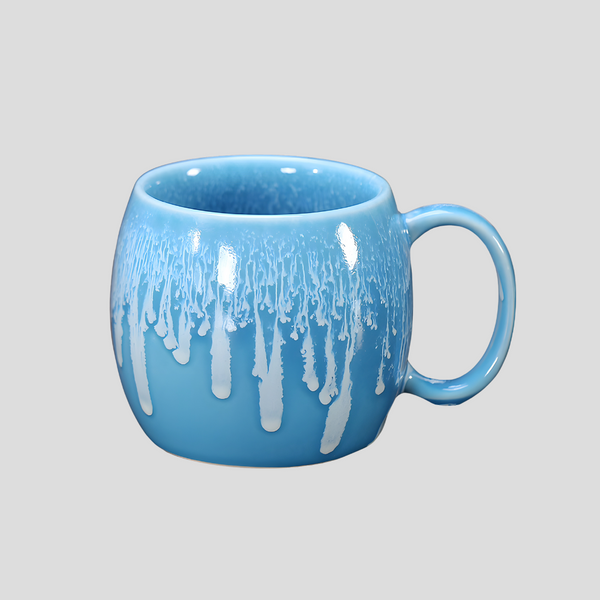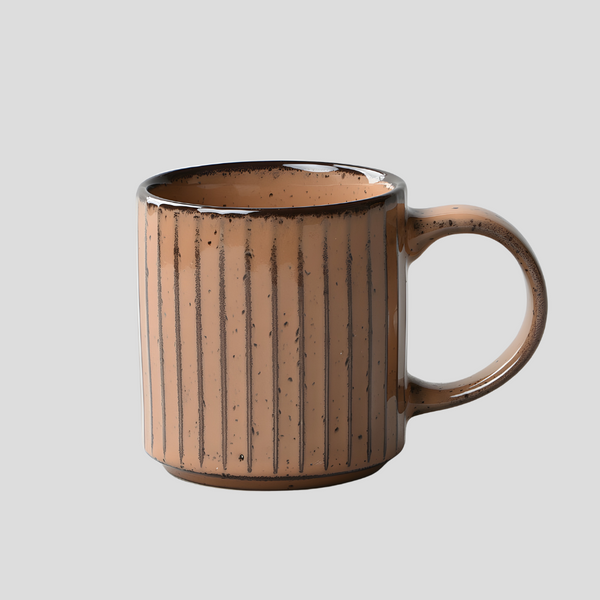
Understanding Different Plate Sizes and Their Uses
Plates come in various shapes and sizes, each designed for specific types of food and occasions. Understanding the different plate sizes and their uses can enhance your dining experience, whether you're setting a table for a formal dinner or enjoying a casual meal at home. In this article, we'll explore the common plate sizes and their intended uses to help you make informed choices about your tableware. Charger plates, also known as service plates or underplates, are the largest in the set, usually measuring 11 to 14 inches in diameter. They're not meant for food but serve as an elegant base for soup bowls, salad plates, or dinner plates during a formal table setting. Charger plates enhance the table's aesthetic, retain warmth, and protect the tablecloth from spills and stains. Dinner plates are the staple of any table setting, typically measuring between 10 and 12 inches in diameter. They're used for the main course and are designed to accommodate a variety of foods without overcrowding. Dinner plates are available in a wide range of materials, including porcelain, stoneware, and glass, allowing you to choose based on occasion, decor, and personal preference. Dessert plates are smaller than dinner plates, usually around 7 to 8.5 inches in diameter. They are used for serving desserts at the end of a meal. Their size is perfect for a slice of cake, a pastry, or a serving of fruit, making it easier to clear the table for dessert without overwhelming guests with a large plate. Salad plates are slightly smaller than dinner plates, often measuring between 7.25 and 8.75 inches in diameter. They're designed for salads served as a course before or after the main dish. The size of the salad plate is ideal for portion control and ensures that the salad is presented beautifully without taking up too much space on the table. Bread and butter plates are the smallest in the dinnerware set, typically measuring around 6 to 7 inches in diameter. They're placed to the top left of the dinner plate and used for serving individual portions of bread and butter during the meal. These plates can also be used for small appetizers or side dishes if needed. Each plate size has its specific purpose in the hierarchy of tableware. By understanding the different plate sizes and their uses, you can create a more appealing and functional table setting for any occasion. Whether you're hosting a formal dinner or enjoying a simple meal at home, choosing the right plate size will enhance the overall dining experience.Understanding Different Plate Sizes and Their Uses
Charger Plates
Dinner Plates
Dessert Plates
Salad Plates
Bread and Butter Plates
Conclusion

